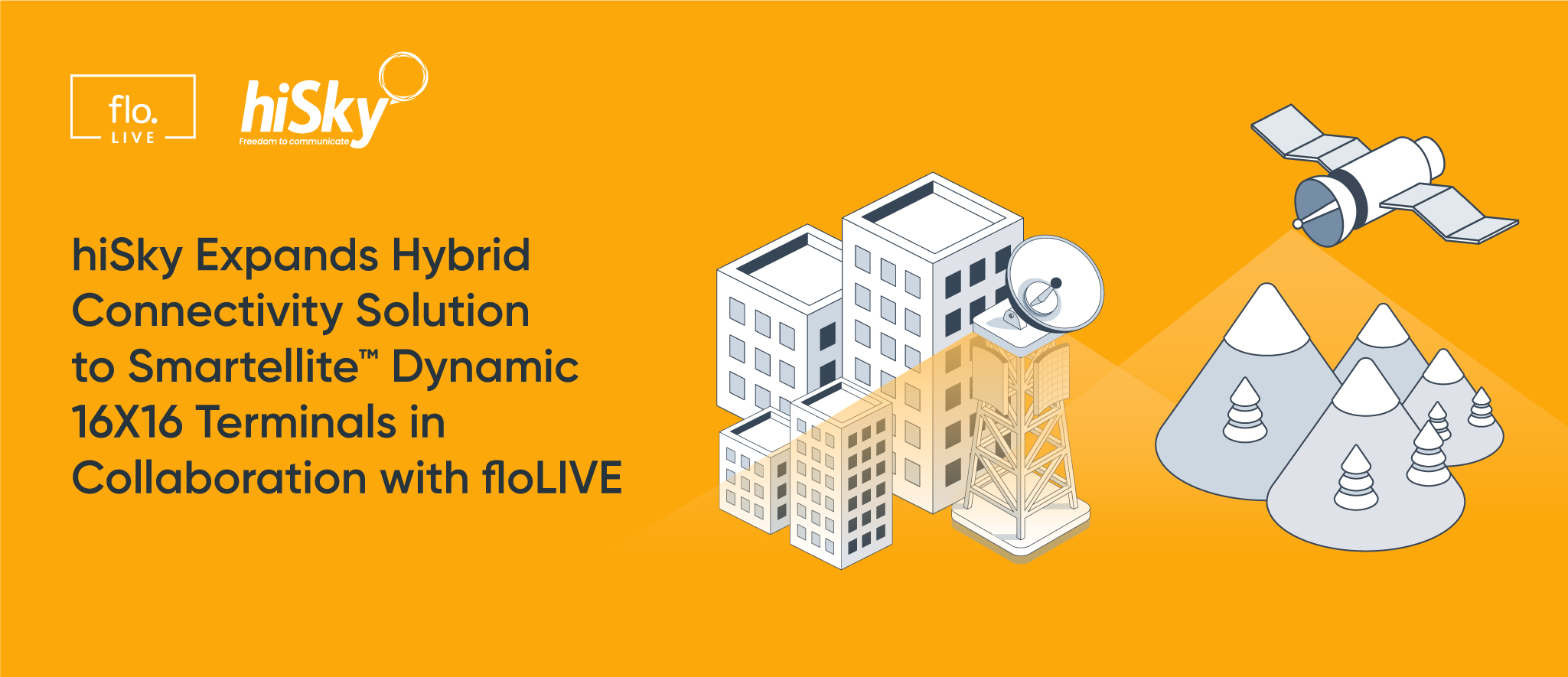Missed our Webinar on Competing with €1 IoT Offerings? Catch Up Right Here.

How are you going to compete with some of the aggressive market offerings that are already coming into the market today? That’s what our recent webinar, hosted by Alain Cousineau, aimed to answer. If you missed the live event, watch it here, or keep on reading for our highlights.
Understanding IoT Market Dynamics – What Happened to the Promised Growth?

IoT adoption is off to a slower start than expected. The truth is, it’s a lot more complex than people had previously imagined, and we would be wrong to say it’s going to get easier overnight. Customers are more demanding, with enterprises climbing up the value chain and introducing new solutions, bundling hardware and applications and services, and their GTM strategy will include many stakeholders across the supply chain. This wouldn’t be a problem, but at the same time, enterprises expect MNOs to be able to support these stakeholders on their behalf, with incisive management, control and support. In this way they can reduce their own workload. Who can live up to these expectations?
The 3 Main Categories of IoT
New IoT categories can be split into three groups. Firstly, Massive IoT, which is going to cover the vast majority of IoT use cases. These are low cost devices, battery operated, that consume small amounts of data, and with millions of devices to handle.
Secondly, Broadband IoT. This compensates for the first group with a larger data volume, and higher ARPU. This type of use case requires much lower latency for higher throughput, like video streaming solutions for example.
The last emerging category is Critical IoT. This is a key category driving 5G adoption because of how demanding it can be, and the availability, resilience and reliability it needs, at low latency. Some of these IoT use cases are mission-critical, in industries as disparate as industrial, automotive, security, smart cities and hospitals. Think about vehicle to vehicle (V2V) communications, or emergency response for healthcare or smart cities. These put a lot of pressure on network elements.
Barriers to Support your Enterprise Customers
Increasingly, IoT is becoming a global business. Enterprises expect to have seamless operation and standardize these around the world, throughout their organization. To facilitate this, they are looking to you as their supplier to ensure proper compliance in disparate regions, and also to standardize their process so they can be effective. In turn, you need to be everything to everyone; highly-performant, and providing this global, seamless connectivity.
At the same time, manufacturers and enterprises want to avoid vendor lock-in. They don’t care how good your offering is, or what you can provide. To get enterprises to buy in, they need to be able to provide flexibility, coverage anywhere, the ability to meet all kinds of varied legislation, and the freedom of financial and contractual movement.
It’s a tall order, and there’s a lot to provide to enterprise customers before they can sign on the dotted line. IoT customers might need to be supported in jumping hurdles that range from high costs, their own outdated legacy systems, complex integrations, or low ARPU devices that need adaptive business models. With so much to consider, you need to be able to prove ROI.

One element of this is reducing time to market. As MNOs go through the components of implementing all the facets that they will need to support enterprise IoT, it’s easy to see why so many IoT projects have underestimated how long this would take. From procurement of hardware, through to preparing the environment, installation, integrations, sorting out SLA for customers, and creating the new services, it all gets a whole lot more complex than businesses might have originally thought.
Making it Simple in your Footprint and Further Afield
Low ARPU business models offer services that range around one euro a year. We’re already seeing these in our inboxes. These will meet the use cases of Massive IoT, the majority of IoT devices that will generally run on NB-IoT and LTE-M. These low-power, wide area networks don’t represent a huge market in terms of spending. As an MNO or IoT service provider, you need a model that will allow you to go after new business models, in Broadband IoT and Critical IoT, too.
On top of this, another way to monetize IoT is to look outside of your footprint. MNOs need to be able to extend their offering to new locations, without changing the service levels. While we hear MNOs say they can support their enterprises overseas, often they don’t have the same level of performance, connectivity, compliance, or privacy once we dig a little deeper.
If you’re looking for a modern solution for your local footprint, and a way to augment this outside of your footprint, look for the following:
- Easy to scale: Grow and add components as needed, without high CAPEX at the start. Add new locations as necessary.
- Open: Facilitate integration of your existing IT infrastructure or legacy systems, and think about a modular solution that can snap and go.
- Quick time to Market: Less reliance on internal resources, and a software-based delivery, so that you can be self-sufficient.
- Adaptive: Create new business models as required with the specificities of different IoT markets, keeping visibility from end to end.
- High performance, anywhere: The feeling of local coverage, overseas – without a drain on battery life through high latency.
- Global, compliant coverage: No issues with roaming agreements, just totally compliant, ‘always on’ coverage.
The FloLIVE Solution – Helping MNOs Make it Happen
Here at floLIVE, that’s exactly what we’ve created. We offer global connectivity at a lower cost of ownership, all packaged on the cloud.
Our software-defined connectivity utilizes a Kubernetes infrastructure so that you can scale on-demand, and add resilience and robustness to your tech stack. By running on containers and virtual machines, there’s no CAPEX and a much faster time to market. The whole tech stack is decoupled, using microservices so that we can easily integrate with your existing systems in a totally open and adaptive way. Altogether, this reduces the TCO down to a manageable amount, saving you money behind the scenes, while speeding up time to market.
Our solution is multi-faceted and complete, including a dedicated IoT Core Network, a connectivity management platform, a device management solution, a patented SIM applet that is fully autonomous and doesn’t incur transaction fees, and a cloud-based BSS that can support IoT business use cases, including billing and invoicing.
As a modular solution, an MNO can simply look at its enterprise IoT use cases, and pick and choose what will make them happen. As floLIVE owns all the components, we can offer exactly what you need, as a service.
A business-focused solution, floLIVE is built for fast time to market, helping you to support new IoT business models at a lower cost, and with a reduced amount of complexity, and really start leveraging the promise of IoT.
Want to talk connectivity? Get in touch here.









